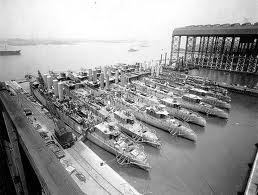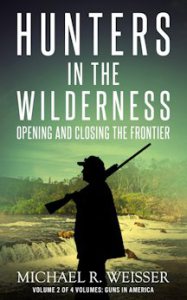Now that Mike Bloomberg has announced that he’s going to pour $50 million bucks into anti-gun campaigns, you can be sure that the argument over guns will heat up pretty fast. One thing I’ll say for the former Mayor Mike is that he’s no shrinking violet, and if he decides he really wants to go after something, he makes his presence known. So at the very least, whether he’s successful or not in expanding background checks or whatever other strategies he thinks will curb gun violence, we will hear some pretty angry comments coming from both sides.
I have written over 130 posts on guns, both on my blog and on Huffington Post, and I try to align myself with the words of the late Senator Daniel Patrick Moynihan who said, “everyone is entitled to his own opinion but not to his own facts.” I wish there were more acknowledgement of these wise words in the current debate but there’s not. No matter which side grabs the microphone, opinions always seem to trump facts.
So I’m wondering if there isn’t a different way to approach the whole issue and look at the question of guns not from emotions, but from the perspective of their real value; i.e., what it is that a gun can really do. Because the biggest problem in the gun debate, it seems to me, is that both sides justify their attitudes towards guns based on rationalizations that fly in the face of reality and simply aren’t true. The idea that the 2nd Amendment is a sacrosanct, inalienable, God-given gift that cannot be limited in any way is Csimply not true. It is enumerated as one of many Constitutional rights, and like every other Constitutional right, can be defined and limited by laws. Conversely, the idea that America is some kind of weird outlier among Western nations because of its embrace and love of guns is also not true. In fact, the United States is the only Western country in which hunting (and therefore ownership of guns) was extended to all citizens regardless of social class. In the rest of the Western world, particularly our mother country, England, hunting (and therefore gun ownership) was limited to the Monarchy and the aristocracy; the common folk could actually be executed if they were found hunting or poaching on private land.
 Gun ownership in the United States is embedded in the traditions and history through which the country was explored, hunted, settled and farmed. The government encouraged this process through the 1862 Homestead Act, but while vast swatches of the western half of the country was being settled by gun-toting folk, we were also creating the greatest industrial economy in the world, fueled by European immigrants who settled in enormous, urban-industrial enclaves like Chicago, St. Louis, Philadelphia and New York. Guns weren’t part of the urban landscape back then, and they aren’t part of it now. And these two very different histories and traditions aren’t acknowledged or even understood by the advocates for either side in the current gun debate.
Gun ownership in the United States is embedded in the traditions and history through which the country was explored, hunted, settled and farmed. The government encouraged this process through the 1862 Homestead Act, but while vast swatches of the western half of the country was being settled by gun-toting folk, we were also creating the greatest industrial economy in the world, fueled by European immigrants who settled in enormous, urban-industrial enclaves like Chicago, St. Louis, Philadelphia and New York. Guns weren’t part of the urban landscape back then, and they aren’t part of it now. And these two very different histories and traditions aren’t acknowledged or even understood by the advocates for either side in the current gun debate.
But I have an idea for how his might change. Turns out there are now more than 40 million American households that grow at least some of their own food. This is an increase of 17% in just the last five years. Now the gun industry has done pretty well over the same period, but that’s because gun owners are buying more guns, not because the percentage of people who own guns is really going up. So I’m thinking that if so many new people are getting into farming, even if it’s only a tiny farm in their back yards, maybe the ones who aren’t gun owners will begin to appreciate the reason why Americans always had guns. And this could lead to a recognition that we all have certain things in common, historically and traditionally, that speak to the value of guns. You certainly can’t say that either side understands or is saying this now. So here’s their chance.


Recent Comments